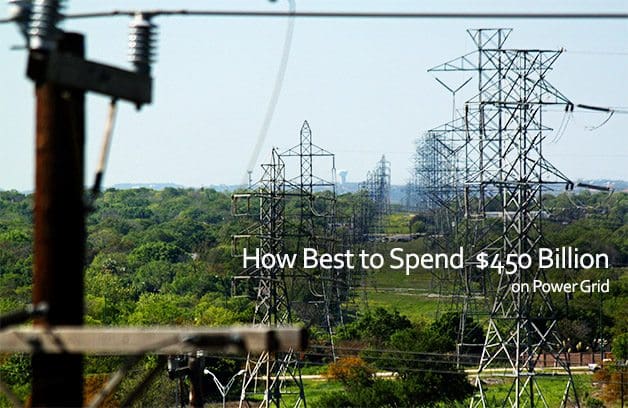
Power Infrastructure
Today’s power grid is suffering from a backlog in capital investment. While electrical power demand surged over recent years, electrical industry restructuring left utilities in a state of suspended animation.
It is unclear who is responsible to make sure power infrastructure keeps up with demand, and who will benefit. This has left a grid in a state of slow-moving crisis and subject to disruption.
The California power crisis offers a case study.
While market manipulation drove much of the crisis, power transmission bottlenecks between the state’s north and south provided means and opportunity.
The electrical power grid suffers from underinvestment and will have to be substantially rebuilt over the next 20 years to replace outworn equipment and keep up with growth. Rebuilding with intelligent systems could yield $78 billion in economic benefits to the U.S. over that period.
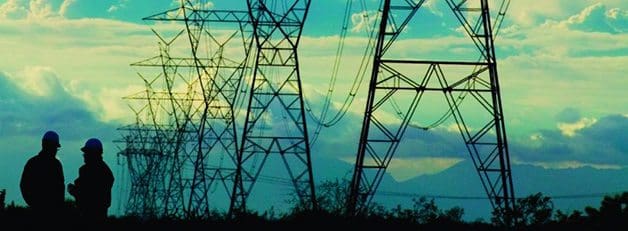
The power infrastructure challenge is a fine example of why the Chinese chose the same character for danger and opportunity. While inertia might propel the electrical industry toward investment in traditional plant and line infrastructure, the need to rebuild represents an opportunity to accelerate development of a 21st century-technology smart energy network.
Based on U.S. Energy Information Administration projections, Pacific Northwest National Laboratory (PNNL) calculates that to keep up with expected growth in electrical demand, the traditional infrastructure route would require investing $450 billion between now and 2020.
The nation has been coasting on a legacy of cheap, 1950s vintage systems. When the time comes to switch them out, simply replicating existing systems will be far more expensive and produce power bill-sticker shock. On the other hand, a scenario for rapid adoption of smart energy technologies envisioned by PNNL could provide $78 billion in economic benefits by 2020, significantly lessening the impact on ratepayers.
Taking the intelligent systems route, PNNL projects that within the next two decades the nation could:
- Lighten interest payments $10 billion by reducing financial risks of power infrastructure upgrades
- Reduce plant operation costs $3 billion by making existing plants operate more efficiently
- Save $10 billion through energy efficiency gains from advanced electronic controls and diagnostic sensors
- Lessen outage expenses by $5 billion through improved reliability
- Save $50 billion by avoiding the need to add 100 gigawatts of generating capacity – amounting to 200 large gas turbine power plants and infrastructure needed to serve them.
“We can either invest the way we have in the past, or we can use intelligent systems to do for energy what the Internet has done for communications,” notes Mike Lawrence, PNNL’s associate laboratory director for energy science and technology.
Creating the smart energy network also will foster growth of a new energy technology systems industry that removes boundaries between electrical utilities, telecommunications, microelectronics, software, controls, building systems and electrical equipment, and creates untold numbers of new businesses and jobs.
“In the next few years, we could see a Microsoft or a Dell rise from this,” notes technology analyst Jesse Berst of Redmond, Washington-based Athena Institute. “This is the Internet 1992, set to begin a steep upward climb.”
Reference: The Smart Energy Network: Electricity’s Third Great Revolution – Patrick Mazza






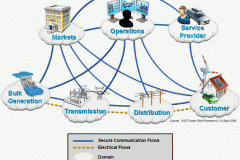

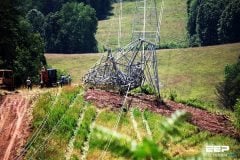
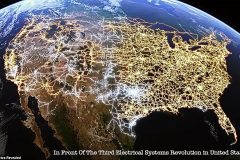

good article, hope to get more from you .. thanks